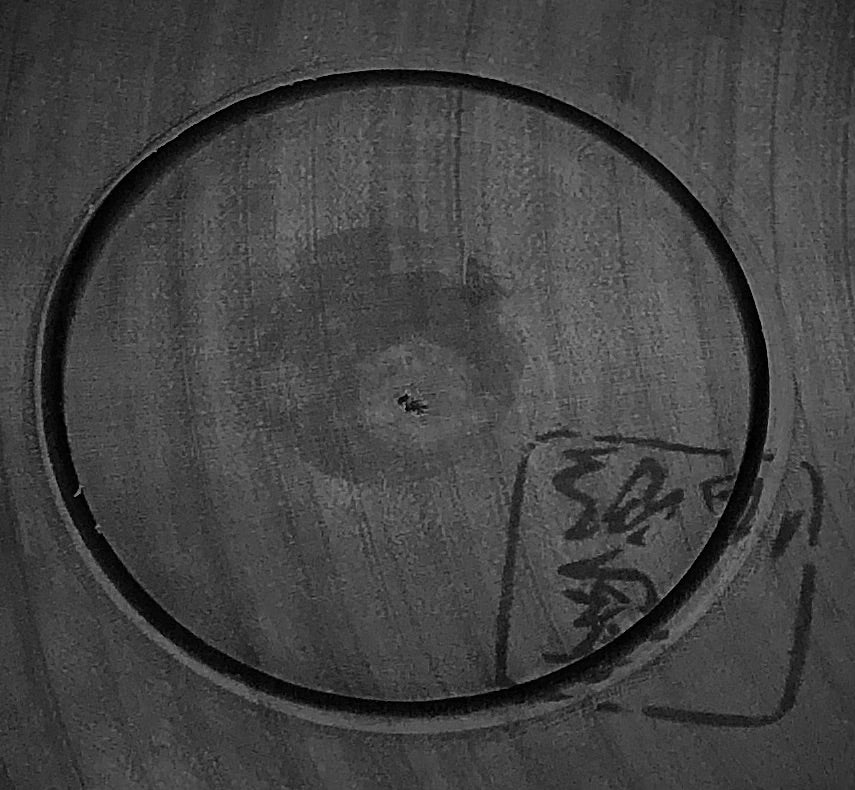
Artisan | Woodworker: Takahashi, Tatsuro
Biographical History:
As collectors, we felt it was most important to represent all Sosaku Kokeshi artists, whether or not each artist has a written account of his/her life. We show the diversity of cultural values and the creative work produced by a multitude of artists.
In researching old writings through articles and books that remain, it is evident that the Kokeshi Craftsperson not only created beautiful forms as toys, but also kept alive cultural values, customs, and fashion through the extensive representations of Kokeshi dolls. The beauty is in the doll and not the signatures, for most masters never signed their dolls. Later they named the dolls, but only when Westerners insisted on signatures because they did not know the artists, so the carvers began to sign their works, for the carvers wanted to promote sales to make a living, during the seasons that did not provide an environment to continue their otherwise daily work.
Collector's note – descriptive qualities, standard characteristics & ornamentation styles:
These exceptional Kokeshi are categorized as Sosaku, even though the foundation of the doll is inspired by the traditional Tougatta style in which the head follows the Tougatta family styling with a relatively large head with a clean and simplified body made of dogwood, (mizuki). The artist incorporates stylized black accented hair, and side hair fringes, with an unusual tuft of hair on the back of the head cascading down the back. This long tuft of hair represents a very important Shinto concept of “purity”. The facial detail shows accents on the eyebrows and expressive eyes, a teardrop nose, and expressive red lips.
Known for his exquisite dolls depicting famous poems, Tatsuro’s dolls are highly coveted by collectors. These three Kokeshi entitled, “Sansa Shigure | Winter Drizzle”, depict a famous Heian Period court song about waiting for Spring. The bodies are decorated with bamboo and sparrows and accompany the beautiful writing of the poems. From the earliest stages of Japanese history, poetry and song have been very important, and any distinction between the two is not clear. What is clear is that poetry is almost always imagined as being recited aloud. Poetry and music are the themes of these beautifully rendered figures. The Haiku reads:
“The clouds are gone and
sparrows
are telling each other tales”






